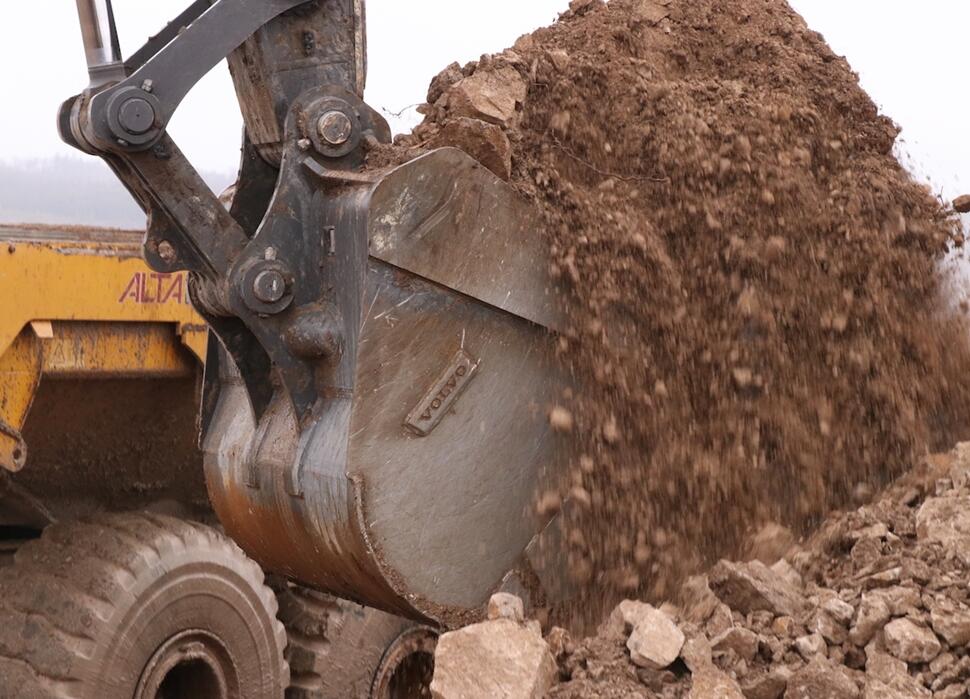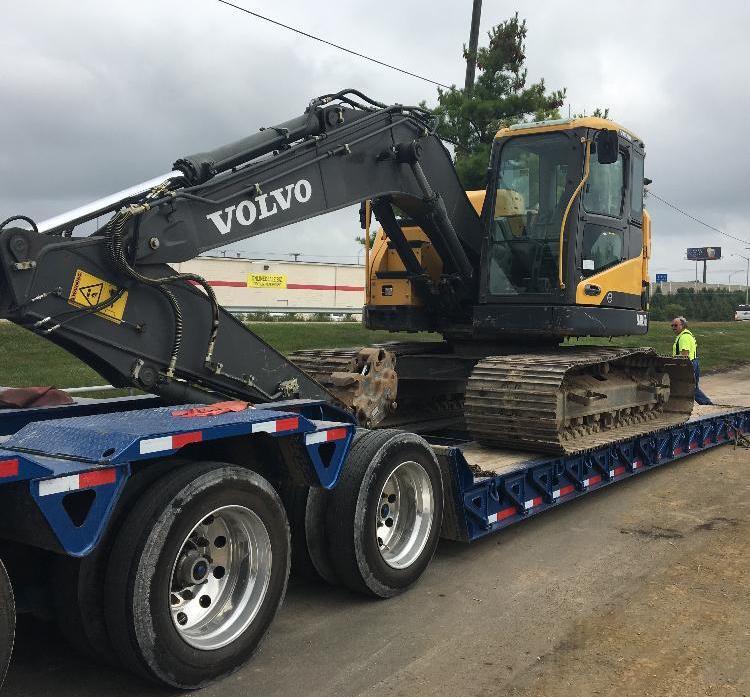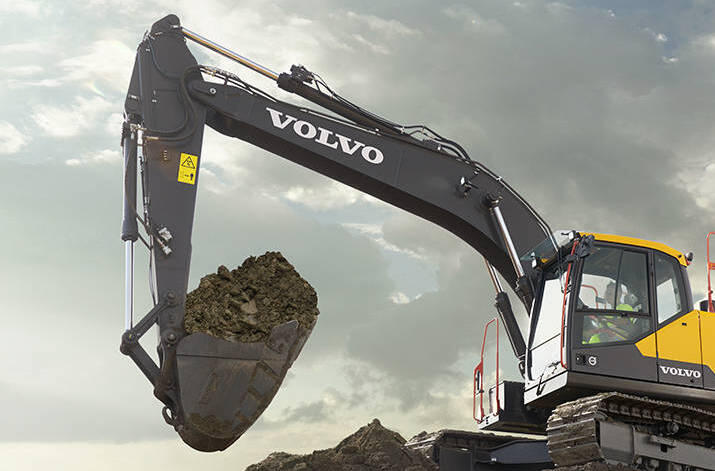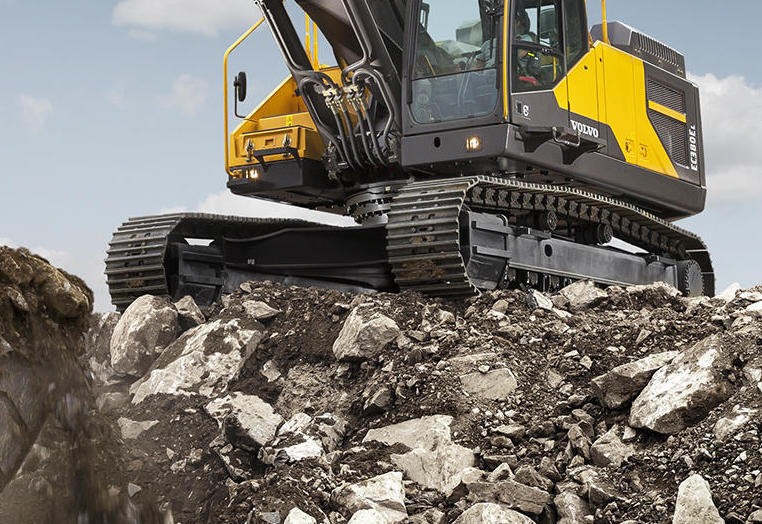Quick Tips for Properly Sizing Excavators

When it comes to sizing crawler excavators for purchase, most customers know exactly what they want — and a lot of times they’re right. A comment I hear sometimes, though, is along the lines of, “We need this size machine, we want to put the biggest bucket we can on it, and we want to move the most amount of material as fast as we can.”
That may sound logical (and sometimes it works), but sizing excavators is more than just weight, horsepower and bucket size. Below are a few quick tips to consider the next time you’re looking at a new crawler excavator to add to your fleet.
 Buckets: Instead of asking for the biggest bucket, consider what you’re moving and ask yourself these kinds of questions to determine which one is best for the job:
Buckets: Instead of asking for the biggest bucket, consider what you’re moving and ask yourself these kinds of questions to determine which one is best for the job:
- What kind of material am I digging in?
- How heavy? What’s the density of the material I’m moving? If it weighs 4,000 pounds per cubic yard, you can’t put nearly as big a bucket on as you could if it weighs 2,500 pounds per cubic yard.
- Will I be digging in rock (likely needing a rock bucket), sand or clay?
- What’s my reach requirement? Digging depth? Dump height?
 Transport: A lot of times people will size their excavator specifically for the job, but it’s also important to consider the size of trucks and trailers your company has and local hauling restrictions. Can you move a 110,000-pound machine, or are local permits so restrictive that it becomes too expensive? Are you towing it behind a dump truck with a 25-ton tagalong and can only move a 35,000-pound machine? Some other things to consider:
Transport: A lot of times people will size their excavator specifically for the job, but it’s also important to consider the size of trucks and trailers your company has and local hauling restrictions. Can you move a 110,000-pound machine, or are local permits so restrictive that it becomes too expensive? Are you towing it behind a dump truck with a 25-ton tagalong and can only move a 35,000-pound machine? Some other things to consider:
- If you were thinking about a 110,000-pound machine like the Volvo EC480E excavator for a quarry (where it won’t be transported), you wouldn’t need a removable counterweight — you might save a few dollars that way. Note, however, that it would affect the resale.
- Will you need to move the machine in a large city with tight roadways or across more open highways? If you’ll be in a city, you may need to size down for the tighter spaces (or you may need to consider a wheeled excavator versus a crawler altogether).
 Sticks: Some contractors will opt for a shorter stick to increase breakout forces and/or bucket sizes, but I’ve heard things like, “I think we made a mistake because my operator doesn’t like being this close to the back of the truck when he’s dumping material.” Or, the shorter stick may increase bucket capacity, but they’ll realize they’re not able to reach their required digging depth. When things like this happen, it costs time and money to go back and put on a longer stick.
Sticks: Some contractors will opt for a shorter stick to increase breakout forces and/or bucket sizes, but I’ve heard things like, “I think we made a mistake because my operator doesn’t like being this close to the back of the truck when he’s dumping material.” Or, the shorter stick may increase bucket capacity, but they’ll realize they’re not able to reach their required digging depth. When things like this happen, it costs time and money to go back and put on a longer stick.
- The harder the material is to remove means you want to go with a shorter stick because it’s got more power. If it’s fairly easy digging, you can go with a longer stick because you don’t need the extra power to get your bucket full.
 Tracks: You need to consider what size of tracks you’re putting on the machine. If you’re working in a quarry with a lot of big rocks and the material is hard, you want to go with narrow tracks because the wider the pad, the easier it is to bend. But if you’re in Florida, for example, and working in sand, you want the widest track you can get for flotation — you don’t want the excavator to sink.
Tracks: You need to consider what size of tracks you’re putting on the machine. If you’re working in a quarry with a lot of big rocks and the material is hard, you want to go with narrow tracks because the wider the pad, the easier it is to bend. But if you’re in Florida, for example, and working in sand, you want the widest track you can get for flotation — you don’t want the excavator to sink.
When it comes to sizing excavators, be sure to think about scenarios like these in addition to weight and horsepower — and be sure to get your operators involved. That will ensure it’s right for the job, it’s a machine they’ll feel comfortable operating and it should prevent you from having to go back and make unexpected modifications. If you’re in the market for a new excavator, visit the excavator section of our website to see the full line-up of Volvo crawler and wheeled excavators.
By John Waldron
John is a heavy construction and mining equipment sales and product specialist with more than 20 years of experience in the heavy equipment industry. He specializes in sales, product and operator training and product support. John has been with Volvo CE for more than 12 years and has spent the past five years serving as a district product sales manager. Prior to joining Volvo, John worked as a sales manager at Highway Equipment and Supply Co. in Harrisburg, Pa.